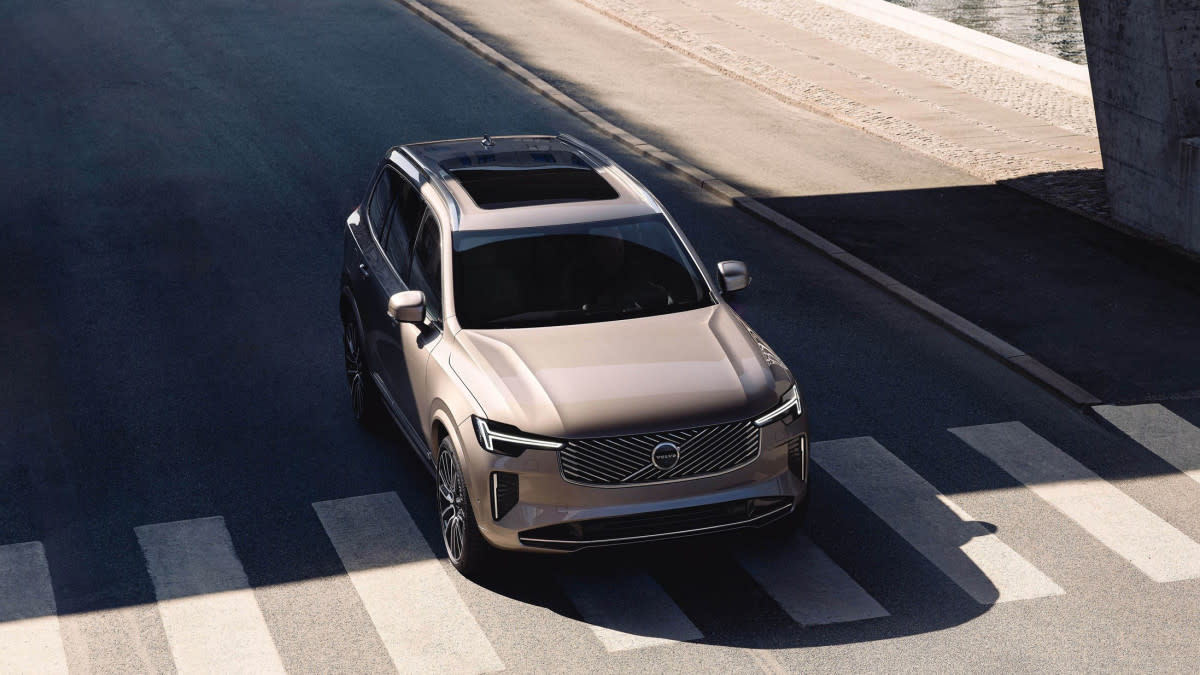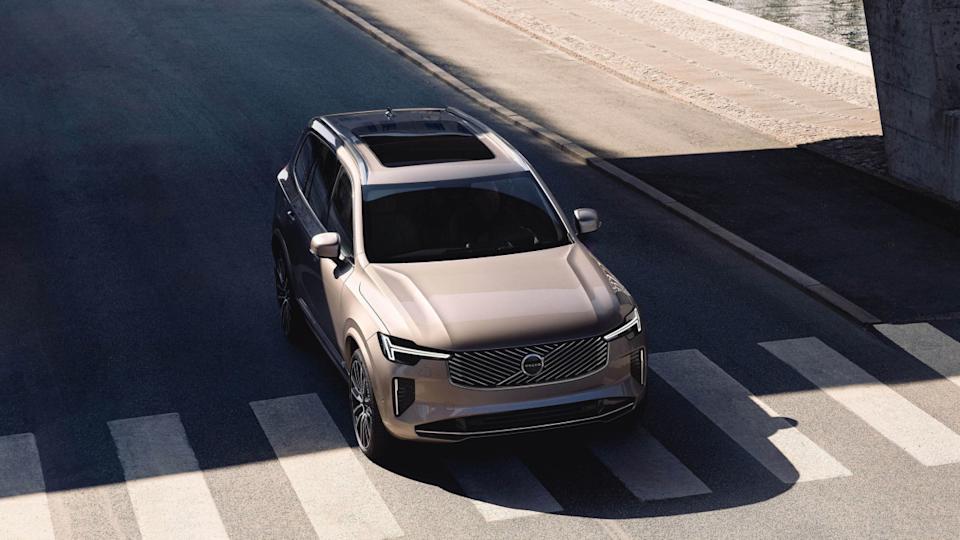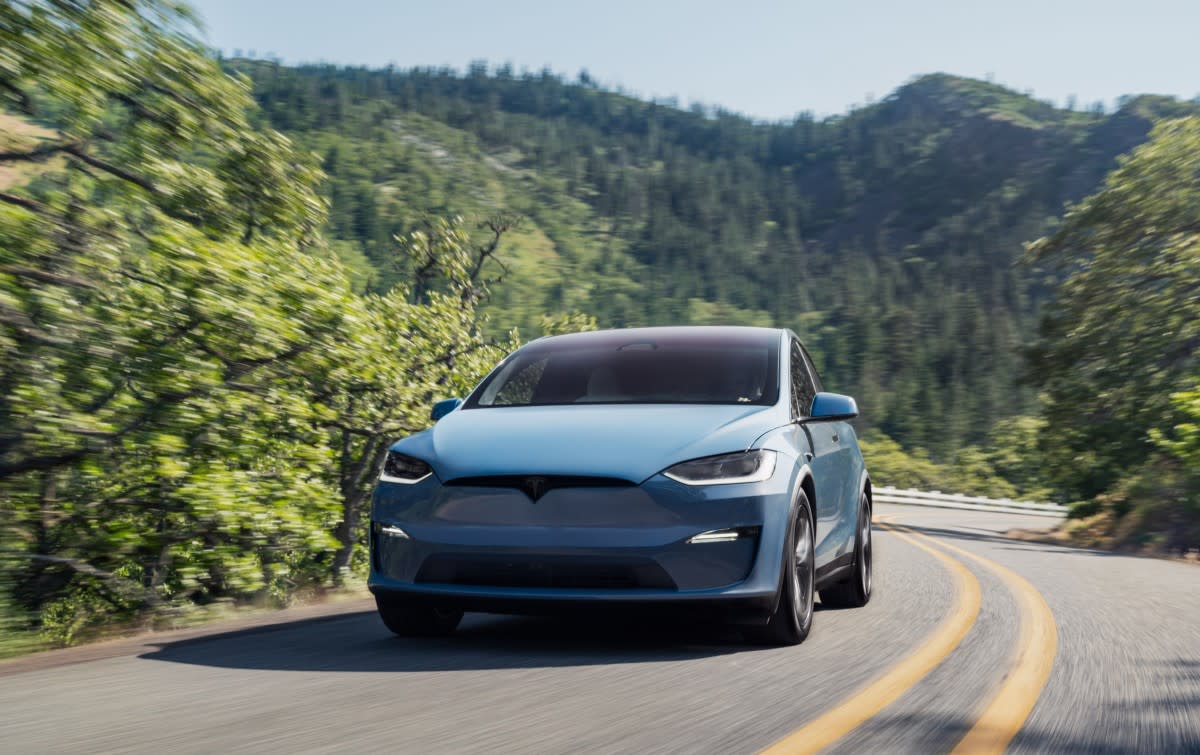
Car Subscription Services 2025: Pros, Cons & What You Need to Know originally appeared on Autoblog.
Car subscription services have exploded onto the automotive landscape, tempting drivers away from traditional ownership and leasing. The concept is appealing: pay a single monthly fee, and virtually everything is included—car, insurance, routine maintenance—just like Care by Volvo’s all‑inclusive plan. At first glance, it seems like the ultimate stress-free driving experience, but it’s important to understand what you’re really signing up for.
What You’re Actually Getting
A subscription frees you from haggling at dealerships, managing repair bills, and navigating long-term loans. Many programs allow you to switch cars — an SUV for the holidays, a sedan for daily commutes — without the hassle or cost of buying and selling. You won’t have to worry about annual registration paperwork, either, as most providers handle these administrative details for you.
 New Volvo XC90 - exterior
New Volvo XC90 - exteriorIn theory, this flexibility is perfect for city dwellers who don’t need a car year-round, people moving to a new city, or anyone who likes to experience the latest models without a long-term commitment. If your life is in flux or you simply want to test the latest automotive tech, a subscription is tailor-made for convenience.
The Price of Convenience
That freedom isn’t cheap. Subscriptions regularly cost more per month than comparable leases or auto loans — often 30% or more above a lease payment, according to Money’s analysis of subscription vs. leasing costs. For many drivers, this premium quickly outweighs the convenience, especially if you end up subscribing for more than a few months.
Mileage caps are standard, with most services limiting you to roughly 1,000–1,500 miles per month. For example, Hyundai’s Evolve+ gives 1,000 miles per 28 days and charges $20 per extra 100 miles up to 1,500, while Care by Volvo includes 1,250 miles per month. Exceed those limits, and overage charges add up fast. The range of available vehicles can also be disappointing, particularly outside large metro areas where demand outpaces supply.
The Hidden Details
Reading the details of the contract is essential. Most providers impose fees for returning cars dirty or with more wear and tear than normal. Swapping cars more frequently than allowed may result in additional charges, and ending your subscription early often triggers penalties. Stringent qualification requirements, including credit and background checks, are also the norm—not everyone will be approved.

Who Should Consider a Subscription?
A subscription makes sense if you crave flexibility more than long-term savings. It’s a solid choice if you’ll only need a car temporarily, love trying new models, or don’t want to risk unexpected repair bills. For short-term convenience in a major city, especially during life transitions, the expense may be worth it.
When It Doesn’t Make Sense
If you rack up high mileage, rely on your car for cross-country trips, or want to build equity by owning a vehicle long-term, a subscription is usually the wrong move. For those on a strict budget or living in less densely populated areas, sticking with traditional leasing or purchasing will almost always save money.
Final Take
Car subscription services promise easy, hassle-free driving, but that ease comes at a premium. For many, the high cost and limits make subscriptions more of a luxury than a practical solution. Examine your habits and needs carefully before signing up—what’s pitched as freedom can sometimes be the most expensive way to drive.
Car Subscription Services 2025: Pros, Cons & What You Need to Know first appeared on Autoblog on Jul 26, 2025
This story was originally reported by Autoblog on Jul 26, 2025, where it first appeared.














